
Let’s take a ride to the northernmost stop of the Tokyo subway network.
The other day, our Japanese-language reporter Mariko Ohanabatake decided to keep taking the Toei Shinjuku train line out past central Tokyo, riding it to the end of the line to see what was out there. With her rail wanderlust so sparked, we got a message from Mariko on a recent Friday morning telling us that, once again, she wouldn’t be coming into the office that day, and instead was taking Tokyo’s Mita Line all the way to its end for another episode of End-of-the-Line Exploring.
▼ That dark blue line is the Mita Line
Mariko isn’t a complete stranger to the Mita Line, though, having actually lived at one of its stations, Sugamo, for almost 20 years before moving to a different part of Tokyo this past spring.
In all that time, though, most of her Mita rides were within a pretty narrow north/south section around Sugamo, followed by transfers to other places of interest in downtown. Today, though, she’d be taking the Mita line north to its final station, Nishi-takashimadaira, which is actually the northernmost station of any of the lines that are part of the Tokyo subway system.
The Mita Line starts at Meguro Station, in the southwest part of downtown Tokyo. At this point, the track is entirely underground, heading north through the ritzy residential neighborhoods of Shirokanedai and Shirokane-takanawa and the office high-rise districts of Hibiya and Otemachi. Once you get north of downtown and reach Shimura-sakaue Station, though, the Mita Line goes above ground.
This is also where you’ll start seeing very few passengers on the train on a weekday morning/mid-day, since you’re going opposite the commuter flow. In addition to Nishi-takashimadaira (nishi meaning “west”), the Mita Line also has Shin-takashimadaira (“New” Takashimadaira) and just plain old Takashimadaira Stations. This area saw a ton of condominium and apartment building development during the years of Japan’s bubble economy, when people needed an affordable place to live that was still within commuting distance of jobs and schools in central Tokyo.
Because of that rapid residential growth, the scenery around Takashimadaira Station is a mix of gigantic apartment blocks and tree-lined streets that were incorporated into the city planning.
Not much later, Mariko’s train pulled into the 27th, and last stop on the Mita Line, Nishi-takashimadaira Station.
Aside from Mariko there was hardly anyone else still on the train, and the few people she had still been sharing it with were pretty much all gone from the platform and out the exit by the time she’d taken a snap of the station sign.
But there was one more thing that Mariko needed to snap a photo of while she was on the platform. Nishi-takashimadaira is the end of the Mita Line, but it wasn’t supposed to be. When the Mita Line was being planned in the 1960s, the idea was for it to eventually be extended even further north to link up with the Tobu train lines in Saitama Prefecture, Tokyo’s neighbor to the north. These plans eventually fell through, as did another round of such talks in the 1970s, a few years after the Mita Line started service. So for rail fans, there’s a certain what-could-have-been fascination with the Mita Line, and sure enough, you can see where the tracks come to an abrupt halt just a little past the end of the platform.
▼ The structure looks sort of surreal from outside, too.
So the end of the Mita Line ended up being Nishi-takashimadaira, which is still in Tokyo, but just barely. As a matter of fact, it’s only about a 15-minute walk from the station to the Tokyo/Saitama border, so Mariko decided to go check it out.
Nishi-takashimadaira doesn’t have much in the way of conventional tourism attractions. Mariko’s first impression is that there are a lot of trucks in the neighborhood, a result of the nearby distribution centers and warehouses.
She also saw a lot of people on bicycles, as opposed to walking. There isn’t much in the way of shops or restaurants, so it seems local residents usually drive or bike to the next neighborhood over for supplies.
▼ There is, however, a 7-Eleven near the station. Remember this – it’ll be important later.
The Arakawa River serves as the border between Tokyo and Saitama, and it’s a few blocks north of the station. The station only has one exit, and immediately to its west is a large street that you can follow north until it turns into a bridge that goes over the river.
And it was here, right at the dividing line, that Mariko found exactly what she’d been looking for on this day she’d skipped out of working in a downtown office building.
Nothing. The beautiful, bucolic nothing of a quiet Japanese riverbank on a sunny afternoon.
A place where she could see all the way to the horizon, without any overhead power lines slicing the sky as she gazed into its blueness.
There’s an undeniable excitement and energy to downtown Tokyo. But when you’re in the middle of it every day, it’s only natural to start craving an occasional break, an oasis where there’s nothing more pressing to do than sit back and watch the river and clouds flow by, so that’s what Mariko did.
This is where that 7-Eleven we mentioned earlier becomes important. Grab yourself a sandwich, canned coffee, or some other kind of combini treat, park yourself next to the river, and you’ve got the making of a great stress-cleansing session/possible post-picnic nap.
Eventually, it was time for Mariko to head back to Nishi-takashimadaira Station, and back farther into central Tokyo. But with even the entire-length Mita Line ride from Meguro to Nishi-takashimadaira taking just 53 minutes and costing only 377 yen (US$2.50), a return trip is always an option whenever she feels like there’s not enough nothing in her life.
Photos ©SoraNews24
● Want to hear about SoraNews24’s latest articles as soon as they’re published? Follow us on Facebook and Twitter!
[ Read in Japanese ]

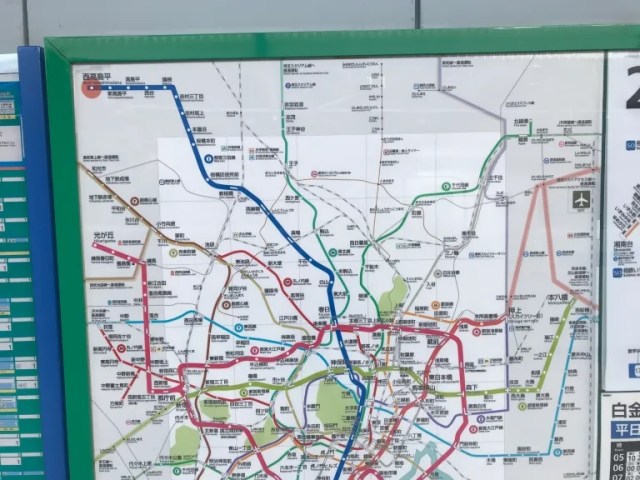
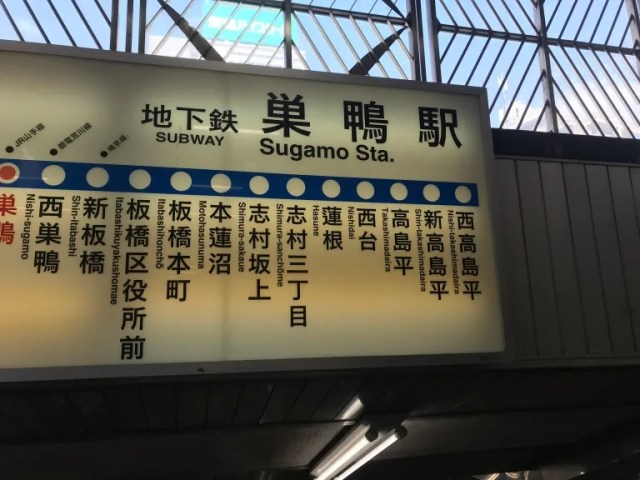
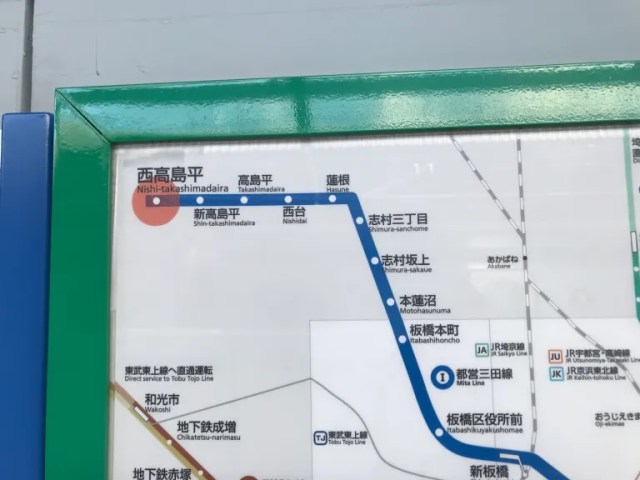

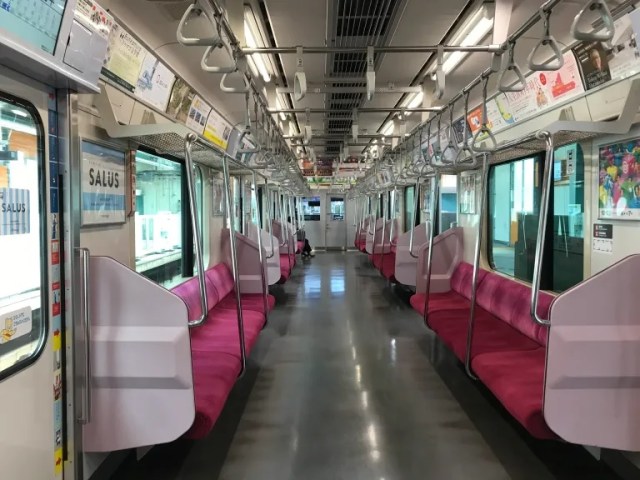
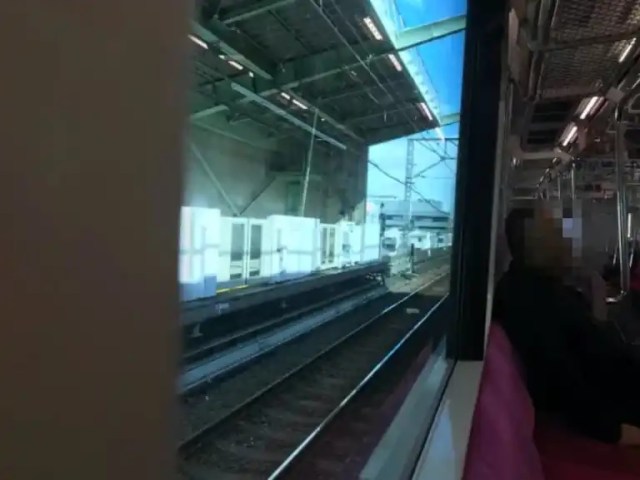

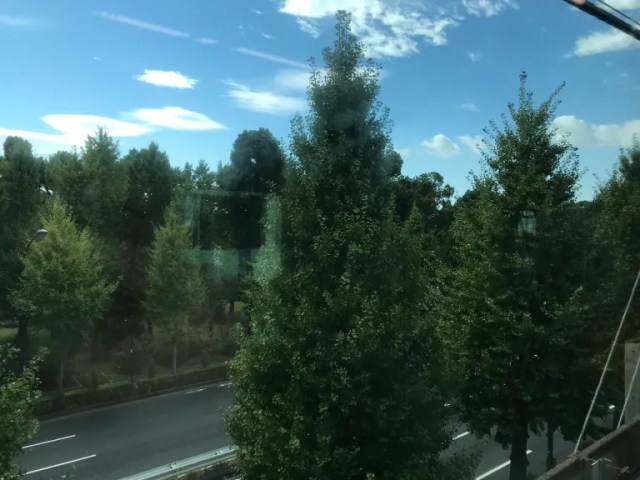
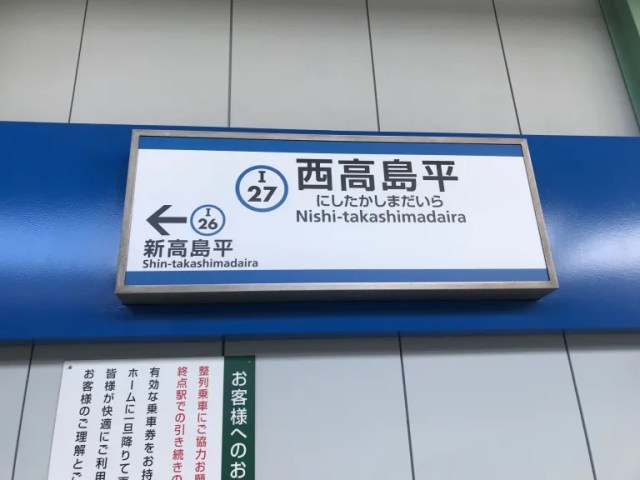
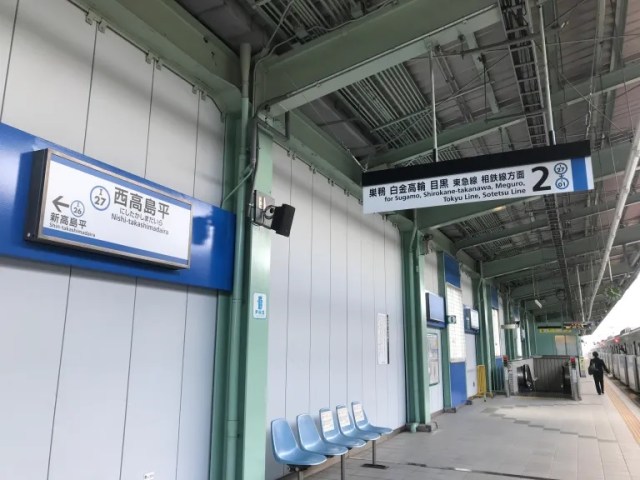
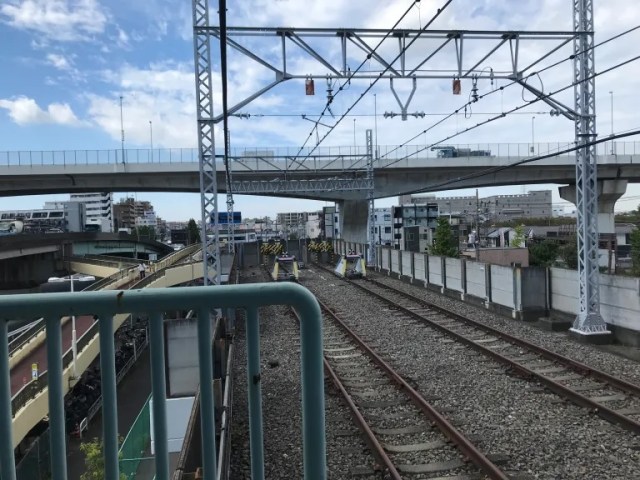
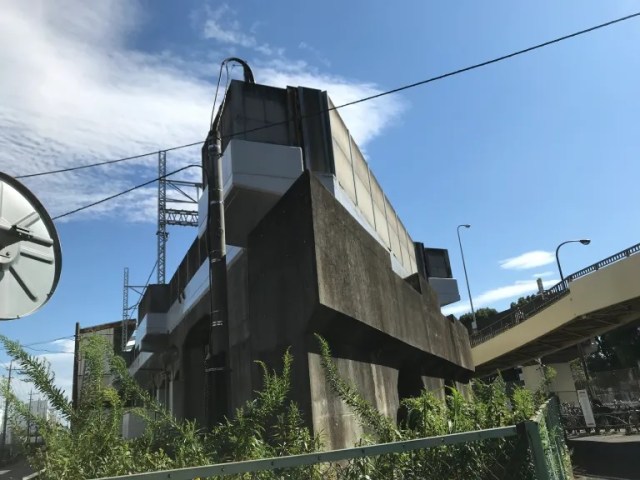
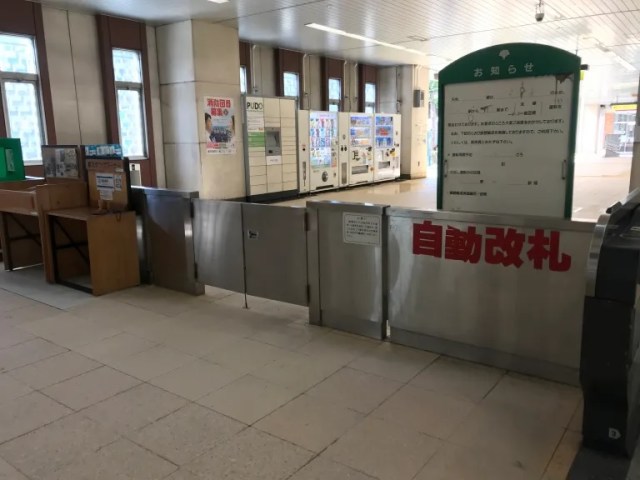
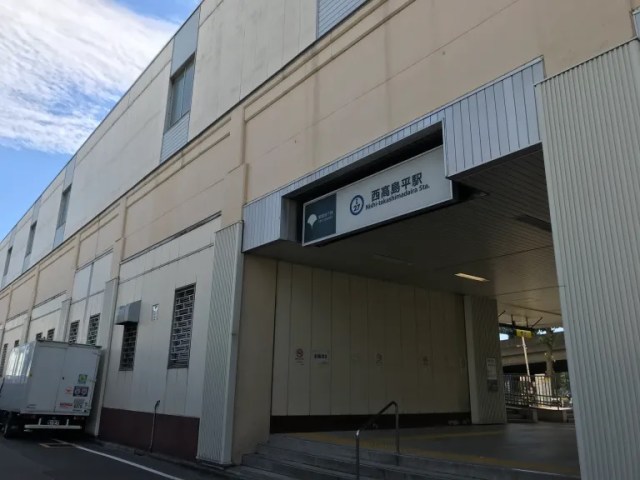
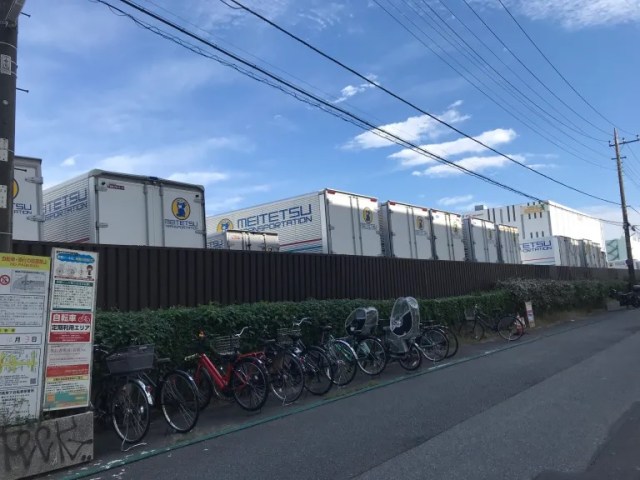
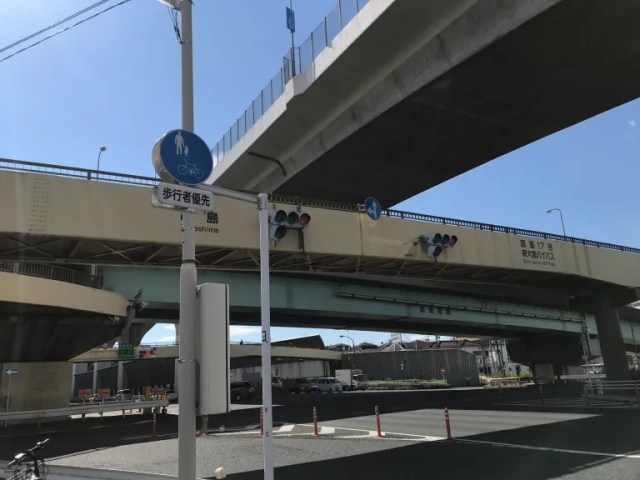
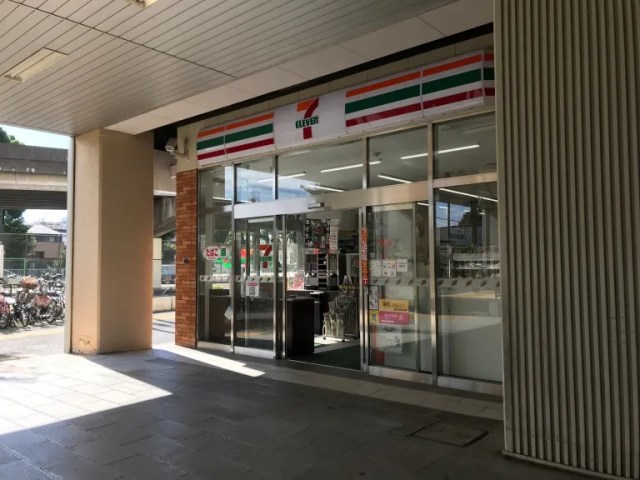


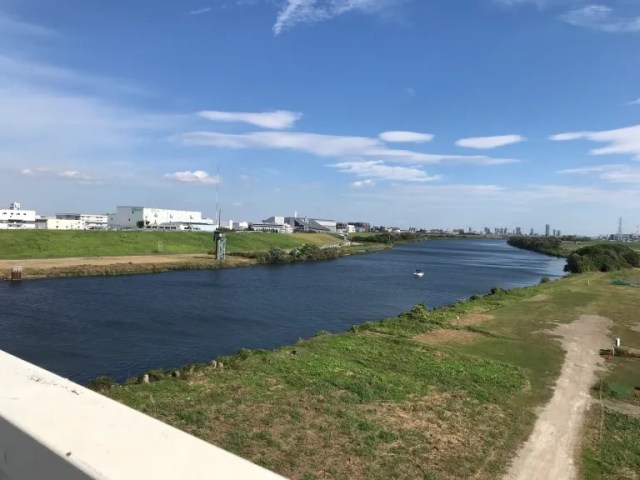
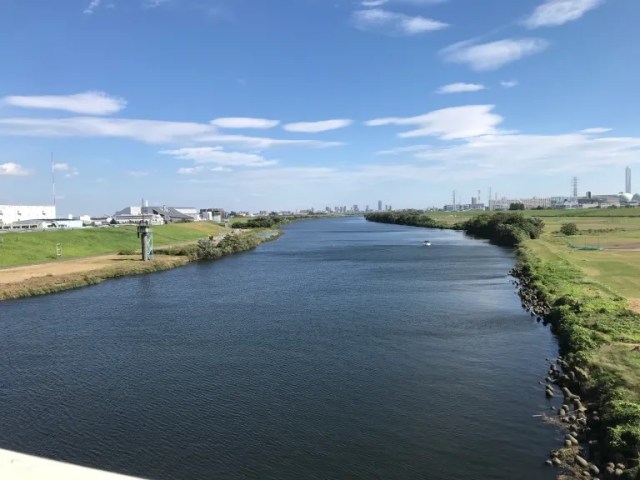
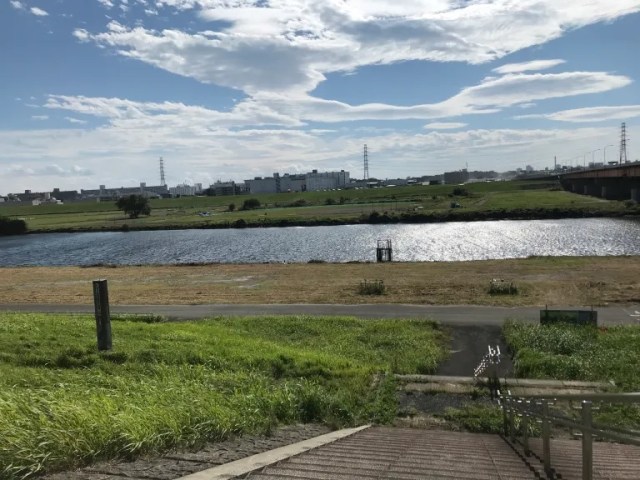
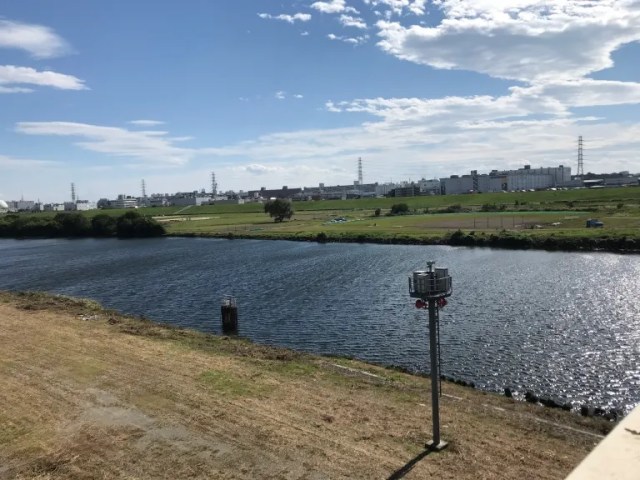
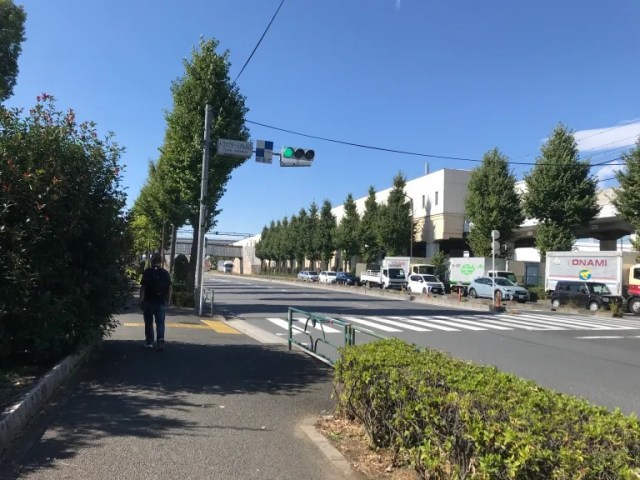
 End-of-the-line exploring in Japan: Visiting Hashimoto Station
End-of-the-line exploring in Japan: Visiting Hashimoto Station What’s it like traversing Tokyo using only wheelchair accessible routes?
What’s it like traversing Tokyo using only wheelchair accessible routes? Downtown Tokyo set to open its most important train station in 50 years, and now it has a name
Downtown Tokyo set to open its most important train station in 50 years, and now it has a name The secret piece of information hiding in plain sight on Tokyo’s subway signs
The secret piece of information hiding in plain sight on Tokyo’s subway signs Promotion offers perfect one-week living space for otaku: An apartment pre-stocked with manga
Promotion offers perfect one-week living space for otaku: An apartment pre-stocked with manga Studio Ghibli unveils new goods that tip the hat to The Cat Returns
Studio Ghibli unveils new goods that tip the hat to The Cat Returns Starbucks at Shibuya Scramble Crossing reopens, but is it really bigger and better than before?
Starbucks at Shibuya Scramble Crossing reopens, but is it really bigger and better than before? One of Japan’s oldest castles now lets travelers spend night on the grounds, drink in its keep
One of Japan’s oldest castles now lets travelers spend night on the grounds, drink in its keep Two things to do, and two things not to do, when leaving a traditional Japanese inn
Two things to do, and two things not to do, when leaving a traditional Japanese inn Studio Ghibli unveils massive T-shirt collection featuring top anime movie characters
Studio Ghibli unveils massive T-shirt collection featuring top anime movie characters Orange Juice Crisis ’24 – Japan’s OJ supplies drying up
Orange Juice Crisis ’24 – Japan’s OJ supplies drying up McDonald’s Japan’s new pancake pie is a taste sensation
McDonald’s Japan’s new pancake pie is a taste sensation History’s largest force of Samurai Colonel Sanders deploying to KFC Japan branches
History’s largest force of Samurai Colonel Sanders deploying to KFC Japan branches Bad tourist manners at Mt Fuji Lawson photo spot prompts Japanese town to block view with screens
Bad tourist manners at Mt Fuji Lawson photo spot prompts Japanese town to block view with screens Red light district sushi restaurant in Tokyo shows us just how wrong we were about it
Red light district sushi restaurant in Tokyo shows us just how wrong we were about it Foreigner’s request for help in Tokyo makes us sad for the state of society
Foreigner’s request for help in Tokyo makes us sad for the state of society Japanese city loses residents’ personal data, which was on paper being transported on a windy day
Japanese city loses residents’ personal data, which was on paper being transported on a windy day McDonald’s new Happy Meals offer up cute and practical Sanrio lifestyle goods
McDonald’s new Happy Meals offer up cute and practical Sanrio lifestyle goods Japanese ramen restaurants under pressure from new yen banknotes
Japanese ramen restaurants under pressure from new yen banknotes Ghibli Park now selling “Grilled Frogs” from food cart in Valley of Witches
Ghibli Park now selling “Grilled Frogs” from food cart in Valley of Witches New definition of “Japanese whiskey” goes into effect to prevent fakes from fooling overseas buyers
New definition of “Japanese whiskey” goes into effect to prevent fakes from fooling overseas buyers Our Japanese reporter visits Costco in the U.S., finds super American and very Japanese things
Our Japanese reporter visits Costco in the U.S., finds super American and very Japanese things All-you-can-drink Starbucks and amazing views part of Tokyo’s new 170 meter-high sky lounge
All-you-can-drink Starbucks and amazing views part of Tokyo’s new 170 meter-high sky lounge More foreign tourists than ever before in history visited Japan last month
More foreign tourists than ever before in history visited Japan last month New Pokémon cakes let you eat your way through Pikachu and all the Eevee evolutions
New Pokémon cakes let you eat your way through Pikachu and all the Eevee evolutions Disney princesses get official manga makeovers for Manga Princess Cafe opening in Tokyo
Disney princesses get official manga makeovers for Manga Princess Cafe opening in Tokyo French Fries Bread in Tokyo’s Shibuya becomes a hit on social media
French Fries Bread in Tokyo’s Shibuya becomes a hit on social media Sales of Japan’s most convenient train ticket/shopping payment cards suspended indefinitely
Sales of Japan’s most convenient train ticket/shopping payment cards suspended indefinitely Sold-out Studio Ghibli desktop humidifiers are back so Totoro can help you through the dry season
Sold-out Studio Ghibli desktop humidifiers are back so Totoro can help you through the dry season Japanese government to make first change to romanization spelling rules since the 1950s
Japanese government to make first change to romanization spelling rules since the 1950s Ghibli founders Toshio Suzuki and Hayao Miyazaki contribute to Japanese whisky Totoro label design
Ghibli founders Toshio Suzuki and Hayao Miyazaki contribute to Japanese whisky Totoro label design Doraemon found buried at sea as scene from 1993 anime becomes real life【Photos】
Doraemon found buried at sea as scene from 1993 anime becomes real life【Photos】 Tokyo’s most famous Starbucks is closed
Tokyo’s most famous Starbucks is closed One Piece characters’ nationalities revealed, but fans have mixed opinions
One Piece characters’ nationalities revealed, but fans have mixed opinions We asked a Uniqlo employee what four things we should buy and their suggestions didn’t disappoint
We asked a Uniqlo employee what four things we should buy and their suggestions didn’t disappoint A visit to T-CAT, Tokyo’s often forgotten City Air Terminal【Photos】
A visit to T-CAT, Tokyo’s often forgotten City Air Terminal【Photos】 Taste the floor of a Japanese train station with new limited-edition chocolates from Tokyo Metro
Taste the floor of a Japanese train station with new limited-edition chocolates from Tokyo Metro 10 of our absolute favorite places to spend a day in Tokyo
10 of our absolute favorite places to spend a day in Tokyo Tokyo Metro adds platform display showing where least crowded parts of the next train will be
Tokyo Metro adds platform display showing where least crowded parts of the next train will be What’s the best part of Tokyo to live in, and why? Survey gives the top six picks
What’s the best part of Tokyo to live in, and why? Survey gives the top six picks Shop in Tokyo’s Chinatown has TWENTY kinds of delicious homemade steamed buns
Shop in Tokyo’s Chinatown has TWENTY kinds of delicious homemade steamed buns On-warabimochi: A delicious Japanese dessert you should only eat with people who already love you
On-warabimochi: A delicious Japanese dessert you should only eat with people who already love you A ranking of Tokyo’s 10 best train and subway lines for spotting handsome men
A ranking of Tokyo’s 10 best train and subway lines for spotting handsome men Moving to Tokyo? Here are the three best, most reasonable neighborhoods to live in
Moving to Tokyo? Here are the three best, most reasonable neighborhoods to live in We get a rare whiff of the corpse flower, a.k.a. the world’s stinkiest flower, in Tokyo botanical garden
We get a rare whiff of the corpse flower, a.k.a. the world’s stinkiest flower, in Tokyo botanical garden These are the 11 most crowded trains in Japan…and surprise! They’re all in the Tokyo area
These are the 11 most crowded trains in Japan…and surprise! They’re all in the Tokyo area Woman sues Tokyo company after having to work 48 days in a row with limited bathroom breaks
Woman sues Tokyo company after having to work 48 days in a row with limited bathroom breaks 3 convenience store ice creams you should buy at 7-Eleven in Kyushu
3 convenience store ice creams you should buy at 7-Eleven in Kyushu Tokyo’s busiest train line to be partially shut down this weekend as part of Shibuya renovations
Tokyo’s busiest train line to be partially shut down this weekend as part of Shibuya renovations Tokyo Dome-area capsule hotel accepts female guest, offers free noodles, and has a gorgeous bath
Tokyo Dome-area capsule hotel accepts female guest, offers free noodles, and has a gorgeous bath
Leave a Reply